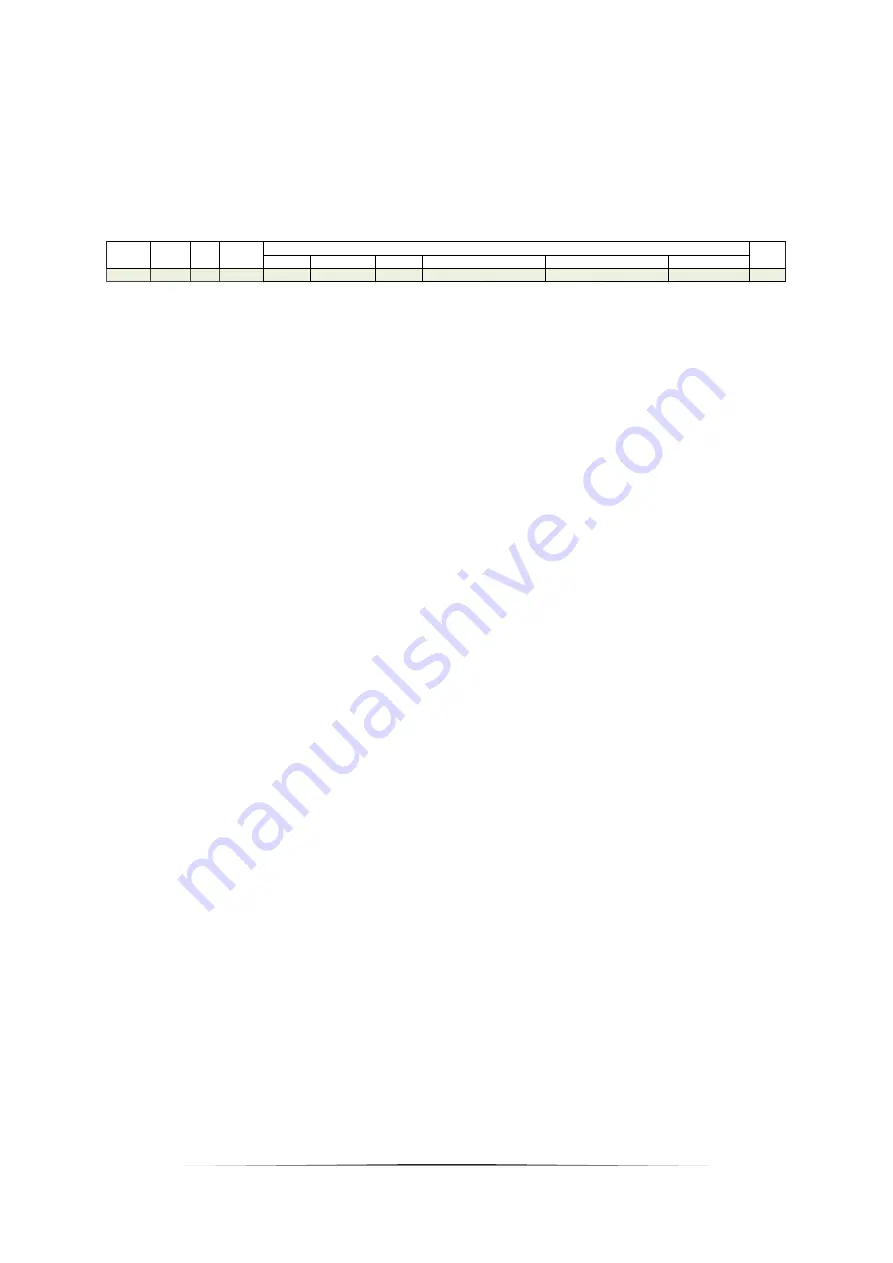
27
Charge Control Register:
every state of each module is "ored" in this PDO and shows the summary of the
system
12.3
Communication sent by the battery master (for charger)
The master also sends the system´s requirements for charging to the charging device.
The battery master will initialize the charger to the appropriate voltage and current needed to charge
the battery system. The voltage and current values requested from the charger will be sent every
100ms. In case of a fully charged battery, the battery will set its “fully charged” flag in the battery
information status register (bit 6) and opens its charge FET. When all batteries of the system are fully
charged, the master sets its “fully charged” flag and sets the charger to a standby value for the next 5
minutes. After this delay, the battery system will shut down.
13 FAQs
13.1
Charger
Do we need to implement a termination resistor at the charger end?
Yes, for the Easy Charger 24 V (charger is without any resistor). This makes it easier to remove the
charger while the bus is still terminated. The Easy Charger 48 V (ICL1500 58 V) includes already a
selectable termination resistor. This could be used when the charger is used as on-board charger and
stays connected at the system.
We want to use the Delta-Q charger as a stationary charger (so it will be usually disconnected from
the vehicle after operation). Do we need to implement another termination resistor on the vehicle
to close the charger end of the CAN-Bus?
Yes, the bus needs to be terminated at both physical ends of the bus. In case of short cables from
charger to the battery, it is ok when there is no resistor at the charger, only at the battery itself.
How should the termination resistor be implemented? Would it need to be removed for
charging/communication with the charger?
e.g. by a Y-cable: 1 plug for the termination resistor and one plug for the charger communication. It is
also an option for you
to integrate an “easier” way to connect the charger to the battery and to
implement the termination resistor in your own adapter.
Does a CAN specification exist for a charger with different settings for charging current?
The charging current is always going to be defined from the master battery and communicated to the
charger. However, this value can be changed during setup via CANopen SDO access.
chg. ctrl.
not used
not used
Charge Enable
TPDO_9 0x264
PDO
100
uint8
uint8
uint8
uint8
100ms
PDO
CAN-ID Type Node-ID
Data
Event
Charge Voltage Req.
Charge Current Req.
uint16 [1/256 V]
uint16 [1/16 mA]
Summary of Contents for 56650 764 098
Page 1: ...1 ...
Page 12: ...13 6 Description of the battery 6 1 Easy Blade ...








































